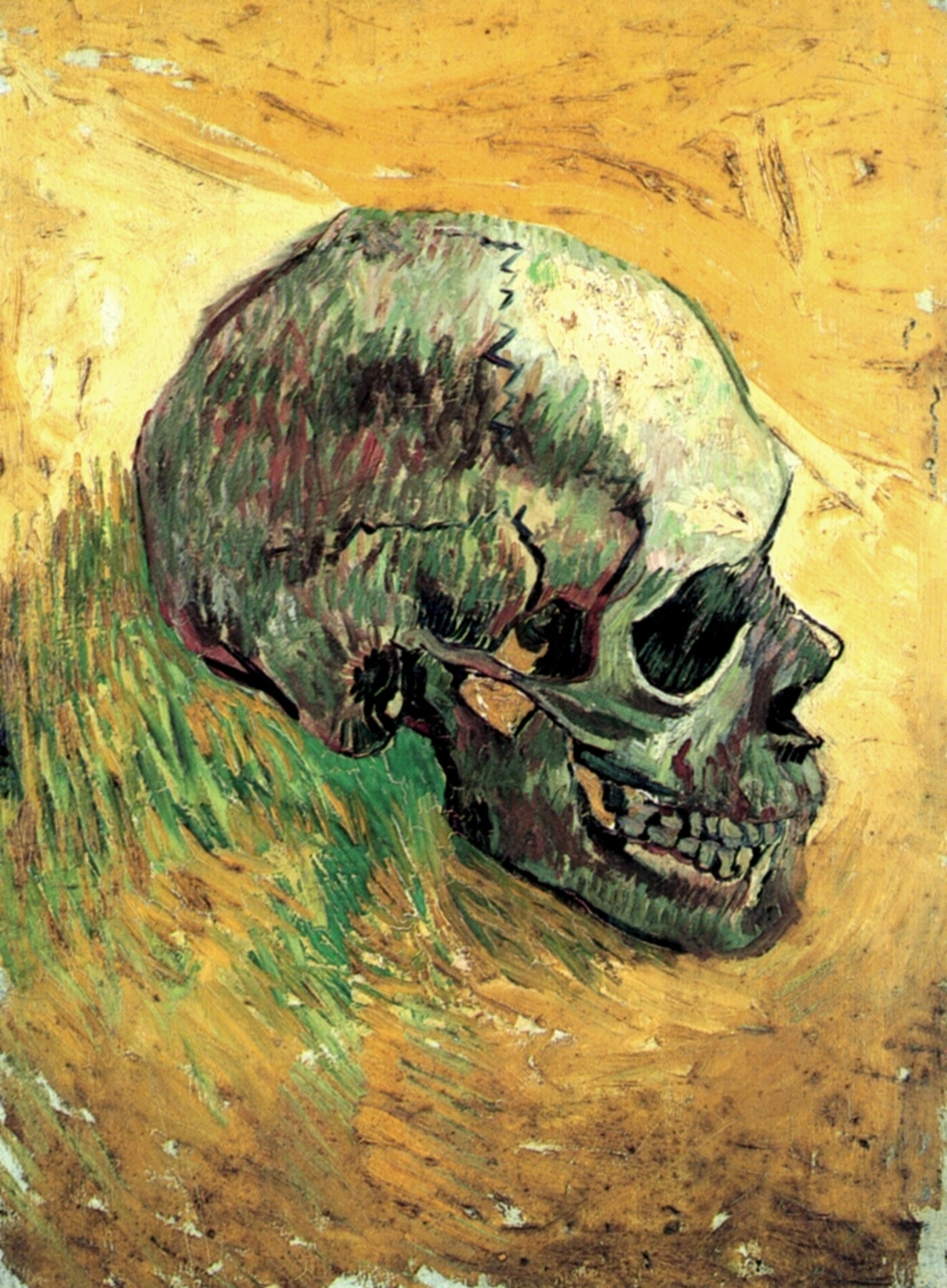Van Gogh - Skull
(Please note that the works I show throughout this article were done by men who are known more for their journeys into abstraction rather than intense detail, while still adhering to representative painting. This is to illustrate the greater importance of generally correct proportions rather than strict detail.)
Correct proportions solve many drawing problems. They are the basis of our understanding of what an object is. If I can understand the shape of an object along with how it looks in scale to another object, I'm well on my way to having a proper understanding of what I am seeing. In fact, due to the high proficiency of our brains in learning and cataloging what we see and experience, oftentimes we can calculate what an object is even while it is partially obscured or seen with blurry vision. So, the artist is at an advantage if he or she can express their subject with good proportions.
This is easier said than done, of course, but it should take some of the pressure off of the artist, in that there will be some emphasis taken off of the details. While it is certainly true that a detailed work can be impressive and that the "devil is in the details", so to speak, there is a reason that artists through the ages have taught a general-to-specific approach to their work. More important than the details are correct proportions and relationships. Think of Cezanne or a Monet - they are convincing their audience while only relaying limited information.
Cezanne - La Mont Sainte Victoire
Monet - Waterloo Bridge
Proportions are essentially measurements. There are different ways to go about taking these measurements and applying them to your work. I use one of two different methods depending on my subject matter and style. One is the technique I've used most of my life. It involves picking a point and working out from it - for instance, I may be drawing a face and will choose to start with the eye and slowly work out from it, in different directions, measuring intuitively and based upon what I've already marked. This method is not easy and can quickly go awry, being unnoticeable at first, but evident at the end, as shapes are a little wonky or angles are a little off. The reason being that it is more difficult to see the whole, when you are so focused on the parts. If you have a skilled eye, you may not run into this issue. I never had much of a difficulty with it. This is typically a good approach when dealing with copying from a 2D source.
However, as I have received more education, challenged myself by drawing from life, and diversified my styles, I have had to employ the more traditional approach of moving from large shapes to small shapes. The best way to measure proportions in this way, is to work with angles. Seeing relationships between outer edges and inner edges, rhythmic lines, how parts fit with each other, and just attempting to be accurate with shapes are the keys to measuring with this method. It's difficult to explain with words, but is more obvious in action. This method requires drawing lightly, connecting points to other points, and slowly building the subject up by establishing where the planes are and how they relate to one another. This is a fantastic approach to establishing general proportions and initial composition, as it declares immediately what it is that you are drawing.
Hopefully later on I can post a video or step sequence to show exactly what I mean by both of these techniques. In the meantime, try to experiment with both approaches and train yourself to loosen up and communicate the whole, rather than the parts.
"Art, like morality, consists in drawing the line somewhere." G.K. Chesterton



